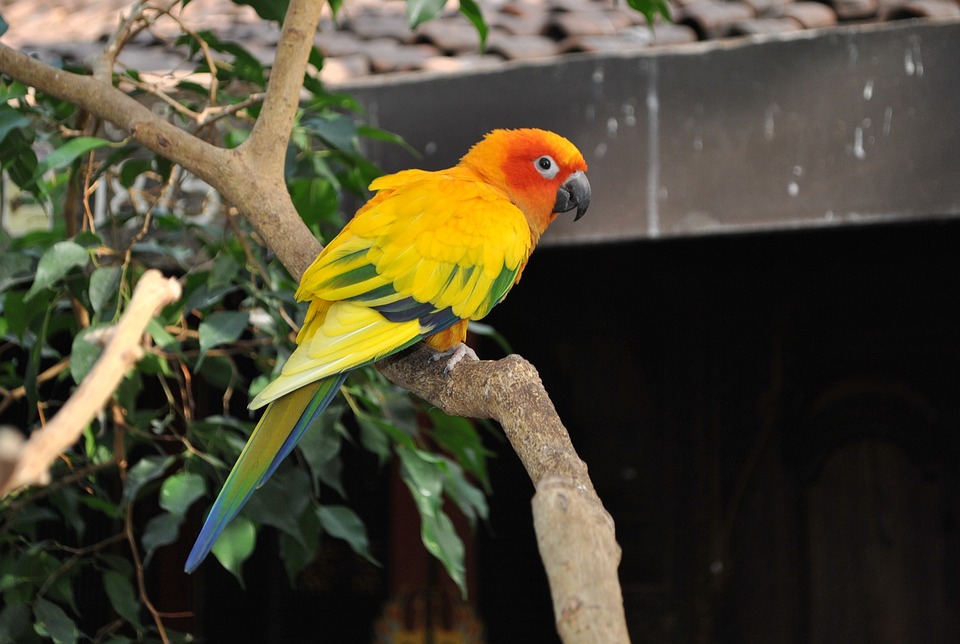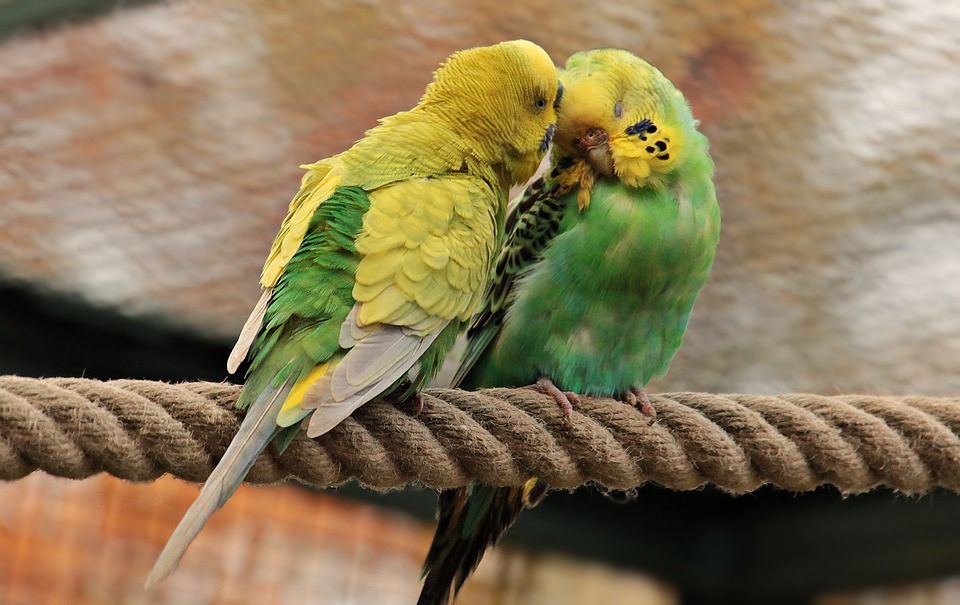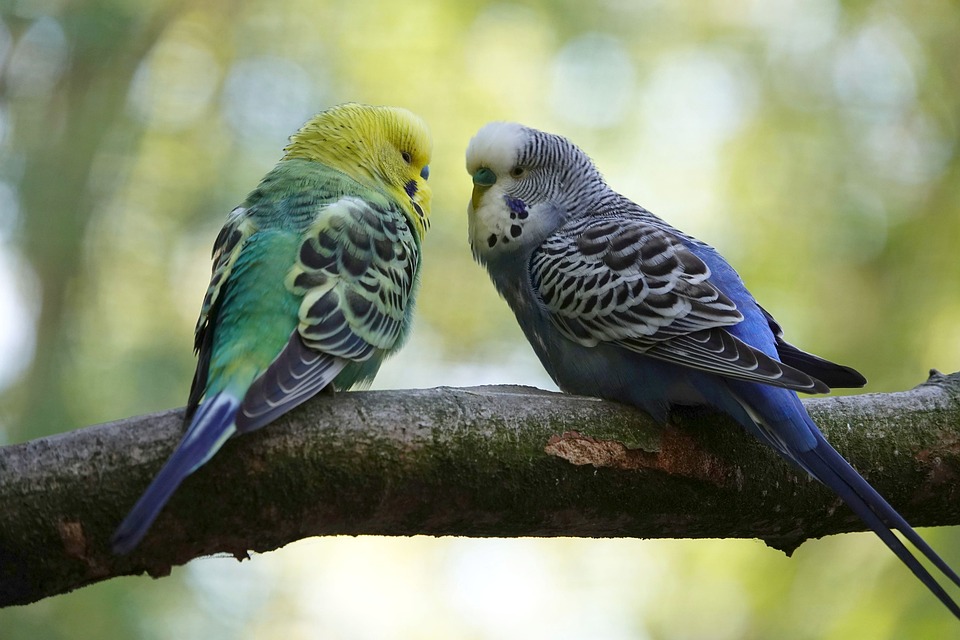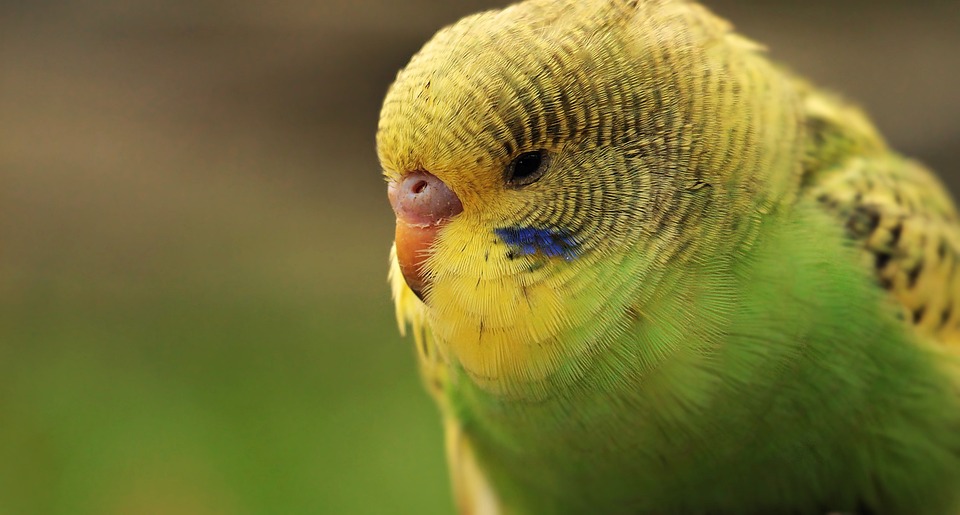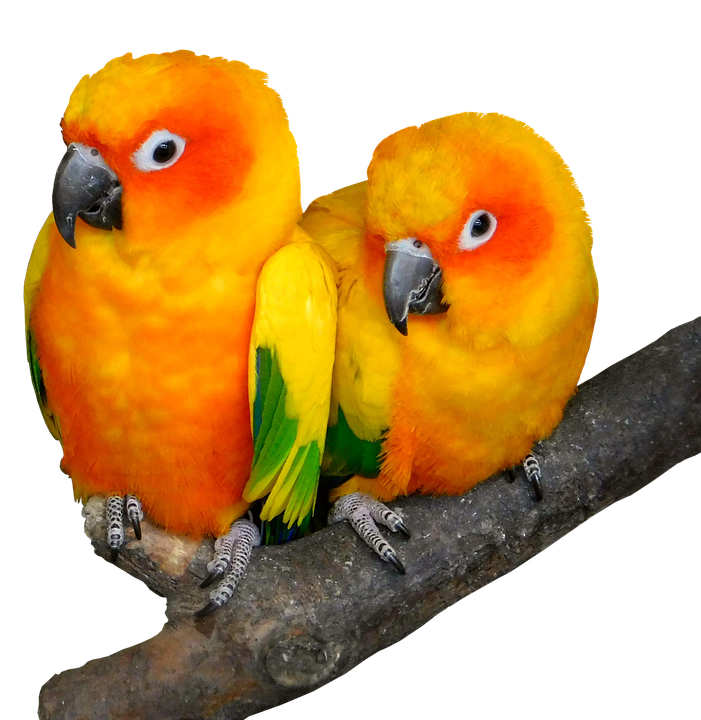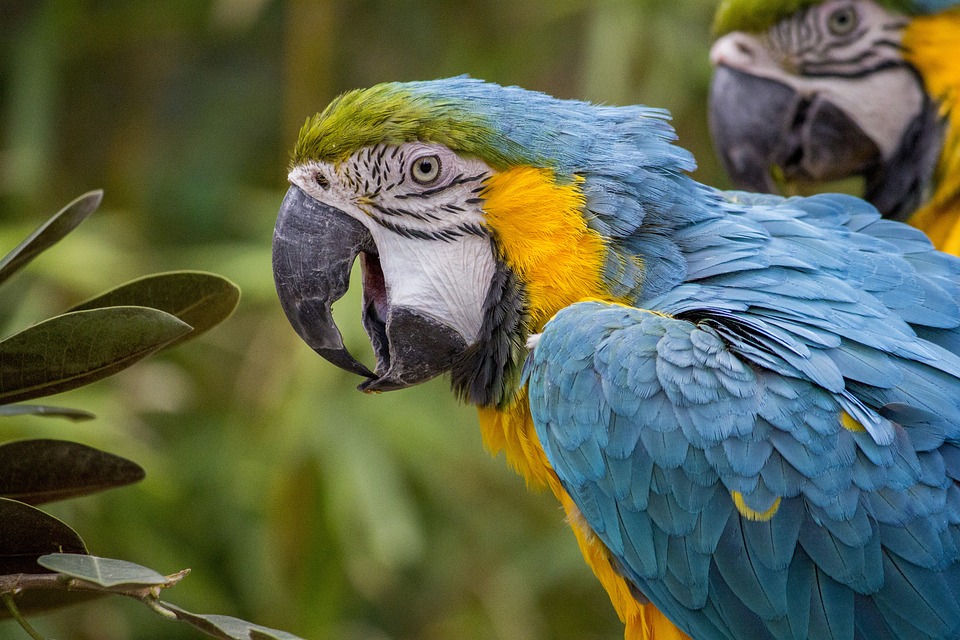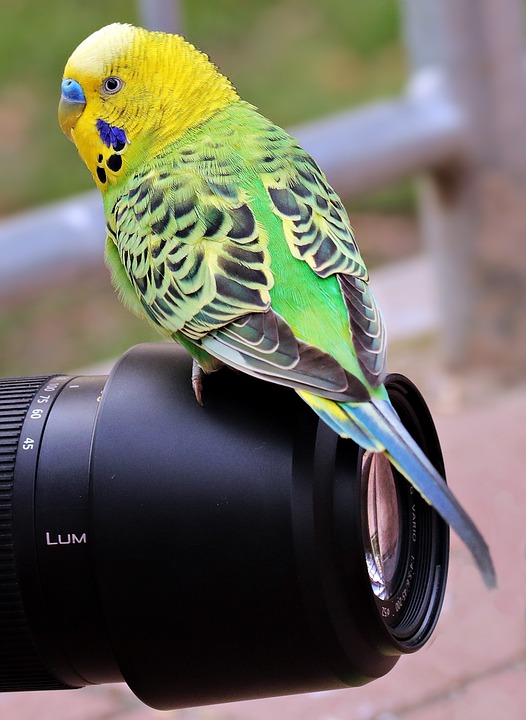Parrots are highly intelligent and active birds that require mental and physical stimulation to maintain their well-being. Providing them with suitable climbing structures is an essential aspect of their environmental enrichment. In this article, we will delve into the fascinating world of parrot behavior and discuss the various ways different climbing structures can impact their response.
Parrots are naturally inclined to climb, explore, and navigate their surroundings. By offering a variety of climbing structures, we can mimic their natural habitat and provide them with opportunities for exercise, mental stimulation, and socialization. Climbing structures not only keep parrots physically fit but also prevent boredom, which can lead to behavioral issues such as feather plucking and excessive vocalization.
When choosing climbing structures for your parrot, it is important to consider their specific needs and preferences. There are several types of climbing structures that can be incorporated into their environment.
Perches and branches are essential climbing structures for parrots. Parrots naturally perch on branches in the wild, so providing them with various-sized perches and branches in their enclosure is crucial. Different diameters and textures of perches help exercise their feet and prevent foot-related problems. Additionally, perches placed at varying heights encourage parrots to explore their surroundings and keep their muscles toned.
Ladders and swings are also excellent additions to a parrot’s climbing structure repertoire. Ladders offer vertical climbing opportunities, simulating the experience of ascending trees in the wild. Swings, on the other hand, provide both physical and mental stimulation, as parrots enjoy the gentle swaying motion while exercising their balance and coordination skills.
Rope and net structures are highly versatile and engaging for parrots. They allow for climbing, swinging, and even hanging upside down – activities that replicate their natural behaviors. These structures also promote the development of strong muscles and encourage problem-solving skills as parrots navigate their way through the intricate webbing.
The impact of climbing structures on parrot behavior is significant. Firstly, climbing structures provide parrots with opportunities for physical exercise, promoting overall health and muscle development. Parrots that engage in regular climbing activities tend to have stronger legs, feet, and wings, which are vital for maintaining their agility and balance.
Secondly, the presence of climbing structures in a parrot’s environment offers mental stimulation and enrichment. Climbing challenges their problem-solving abilities, spatial awareness, and coordination skills. Engaging with different structures keeps their minds active and prevents boredom, leading to a happier and healthier parrot.
Lastly, parrots are social creatures that thrive on interaction with their human companions. Climbing structures can be used strategically to create shared spaces and encourage social bonding. By incorporating perches and branches near human activity areas, parrots can feel included in daily routines and build stronger relationships with their owners.
In conclusion, understanding the impact of climbing structures on parrot behavior is crucial for creating a stimulating and enriching environment for these intelligent birds. By providing a variety of climbing structures, parrots can enjoy physical exercise, mental stimulation, and social interaction, leading to a happier and healthier life. Remember to prioritize safety and regularly rotate the climbing structures to keep your parrot engaged and mentally stimulated.

